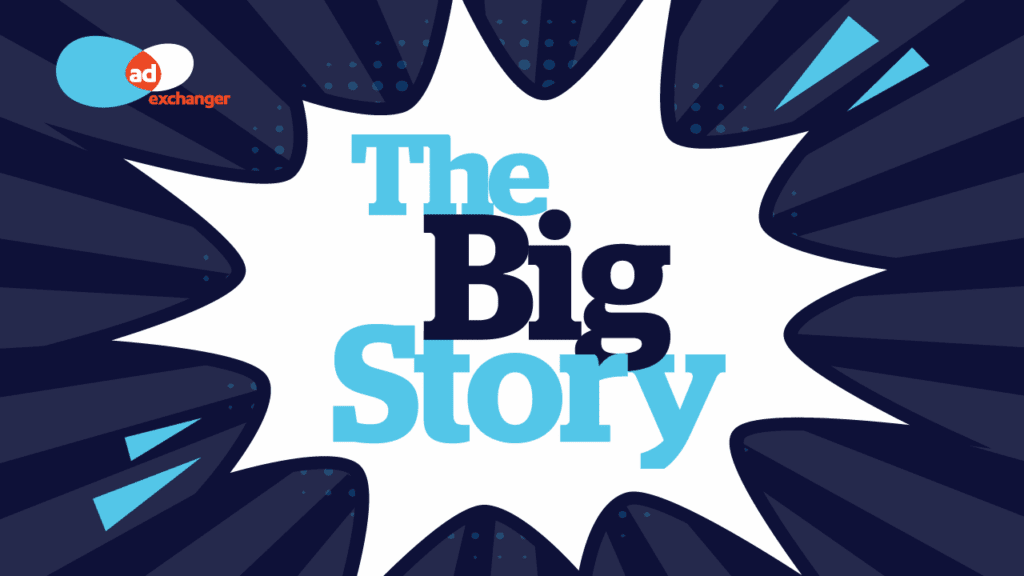I hate to be the bearer of bad news, but innovation has all but disappeared from our industry. In this case, I’m not speaking of technology innovation but offer innovation. Sure, we have more incentive-based registration offers than can be counted, but none of them stands out. For anyone that works outside of the incentive space, it’s almost impossible to name the difference between the various companies’ offerings. Yet, it’s our own fault that offer innovation has disappeared. The incentive for creating something original and unique has all but disappeared.
As big as our direct marketing space is, in many ways it is extremely small. There are, for example, only so many offers that can be included into the backend of the registration path or in the registration path itself. Anyone with a computer can see which ones are there too. As a result, the barriers to copying are practically non-existent, and it shows… everybody copies. On a more global level though, copying is what people and companies do. The difference between our space and others though is that the time it takes to copy is so much shorter. Our space is like Moore’s law on steroid.
In a typical industry, even the software industry, the product development lifecycle takes years. As I live in Los Angeles, it only makes sense to use the movie business for illustration purposes. I never understood why as a moviegoer it took so long to make a movie, but that said, movies can take, on the short end, four months and on the long end, two years to complete. The movie studios invest anywhere from $10mm to more than $200mm in their “products.” For the studios, the decision to do so, and on what scale, depends on the expected returns. To assist in their decisions, the studios have vast amounts of data. For example, a particular studio can know the average opening for a particular weekend. They can know what types of movies with certain stars tend to gross. They also tend to know what else is getting released and when; so that they can schedule most profitably.
Those in our industry do not have this luxury. What the entertainment business considers movies are parallel to what we consider campaigns. One campaign will not make or break a company just as one movie will not make or break the major studios. The downside to our industry is that innovation tends now to stop at the product level. New products take time to produce, just as movies take time. Unlike movies though, one product can make or break a company in our space. What’s more is that unlike movies our products have less assurance of profitability. The appetite for movies is fairly consistent and predictable, meaning that even the worst movie can make money. There is no guarantee that a product will go over well with the publishers or advertisers. Similarly, on the campaign level, there is no guaranteed audience, and unlike the movies where even a bad movie has access to traffic, in our space no such guarantees exist. Think of the situation in television with Fox and ABC where ABC accused Fox of stealing its concepts and rushing them out first in an attempt to dilute the value of the ABC shows. While that’s a rarity in movies and television, it’s the reality we live in when it comes to new campaigns.
Let’s say you have succeeded in developing a campaign that no one else has copied or brought to market first. What do you do to assure maximum penetration and maximum lifecycle? If you can’t control market delivery, you end up with the challenge now faced with the incentive market where people are now pushing harder and harder to come up with a slightly new angle or copying somebody else’s angle. If you buy into the Red Ocean / Blue Ocean strategy mentioned in last week’s issue, this market is a classic case. We see many players competing over a dwindling audience, like sharks fighting over scraps. The strategy states that success comes by creating a new market that doesn’t fall into any existing category. Yet the incentive to break out and create a new market is almost non-existent for those in our space, and the reason this is so deals with our unique product development lifecycle. It simply takes so little time to copy. Additionally, the risk/reward for developing a new product line leans too much in favor of risk. As a result, the likelihood of breaking out of the current cycle is low until we figure out how to better spread the word without announcing something new to copy or have more defensible campaigns.
That’s why new offer release revolves around reaching the right people and avoiding the wrong people. There is no magic means to do it though. Stop reading now if that’s what you expected. When it comes to the release, if you contact too few people, you risk slow adoption and potentially not reaching your full revenue potential. If you release it too widespread, you will have a quicker ramp up period and higher total monthly revenues, but that could come at the risk of drastically reduced overall revenue. Perhaps the release involves a version for some people and another version for others. It could mean having two or three subsequent versions in the bag, so that upon release you are ready to roll out the upgrades as soon as you sense the competition starting to copy. Again, the challenge in our space is that there is no guaranteed winner, so for each dollar spent in development, the risk for not getting a return on the investment is that much greater. As the back and front end relationships become more exclusive and the ability to copy decreases, the current model will shift. In the meantime, good luck everyone…



